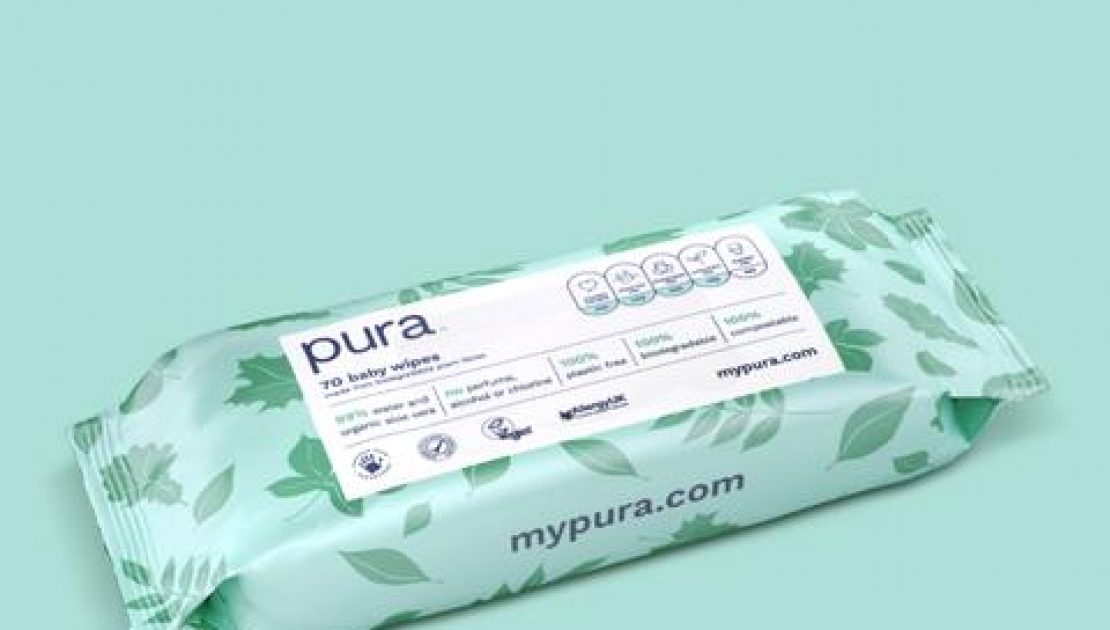

Which Wipes are the most Eco-Friendly?
There are so many disposable baby wipes available claiming to be eco-friendly, but how do you really know which ones are best for the planet? Read our handy guide and find out!
Where to start?
To truly work out which wipes are the most planet-friendly, you need to start at the beginning.
This means looking at how your wipes are made, the materials used and where they come from.
What’s in a wipe?
The good news is, you can find out a lot about your wipes’ eco credentials, just by looking at the pack.
An easy spot is the FSC or PEFC certification. These accreditations mean the materials used to make your wipes are sustainably sourced.
90% of baby wipes sold in the UK contain hidden plastic in the form of resins such as polyester or polypropylene. The plastic used in wipes is from a carbon intensive fossil fuel (yuck). And once the wipes are produced and used, the plastic content means they can’t biodegrade. Instead, wipes last for decades in landfill, as litter on beaches or blocking sewers – causing havoc for the environment.
These resins might not be labelled on pack. The only way to be 100% sure your wipes don’t contain plastic is to buy from a brand that has plastic-free, detailed on pack.
Material world
Many eco-friendly, plastic-free wipes are made from plant-based materials. Bamboo has gained a green reputation recently and is currently used to replace traditional materials in anything from baby wipes to toothbrushes.
Sustainable bamboo is a fast-growing material and there are many benefits to using it in place of less carbon intensive materials. The flipside is that bamboo is mainly grown commercially in China and Southeast Asia, so it must be shipped across the globe to reach the UK. Regardless of bamboo’s eco credentials, the distance the ingredient must travel to get to our shores increases its carbon footprint. Which brings us nicely to our next point.
Travel and transport
Most of the weight of baby wipes is made up from water. It may seem a little crazy, but some wipe companies transport their wipes and water from places like China and Israel, creating more carbon emissions.
Instead look for wipe brands, such as Pura, with material sourced within nearer to home. The dry material for Pura wipes is shipped from Italy for us to convert (add water and other ingredients, then pack them) in the UK – minimising our carbon footprint. The material used in our wipes is certified by PEFC as sustainably sourced from within Europe.
Find out exactly what’s in a Pura wipe here.
It’s a wrap
Finally, let’s move on to how your wipes are wrapped. Wipe packaging all looks very similar but there is, in fact, some big differences in the materials used.
To keep wipes fresh and moist, almost all ship in plastic film packaging. This film is typically made from two layers of plastic. If these layers are different types of plastic the film cannot be recycled.
Pura’s wipes like some others, use two layers of the same plastic film, polyethylene, which can be recycled at local supermarkets, although not at the curbside yet in the UK.
On your pack, look for the OPRL label pictured below.
Another great thing to look for is the use of post-consumer recycled (PCR) material in packaging, this means that some of the packaging is on it living second, third or more life.
Sustainability is a complex topic, and we know it can be difficult (perhaps impossible) to be a perfectly green parent! But here at Pura, we believe small changes can collectively have a big difference. We hope this short and simple guide makes it easier for you to choose baby wipes that are healthier for your planet.
For more information on Pura’s eco-friendly, plastic free baby changing products, visit www.mypura.com.

